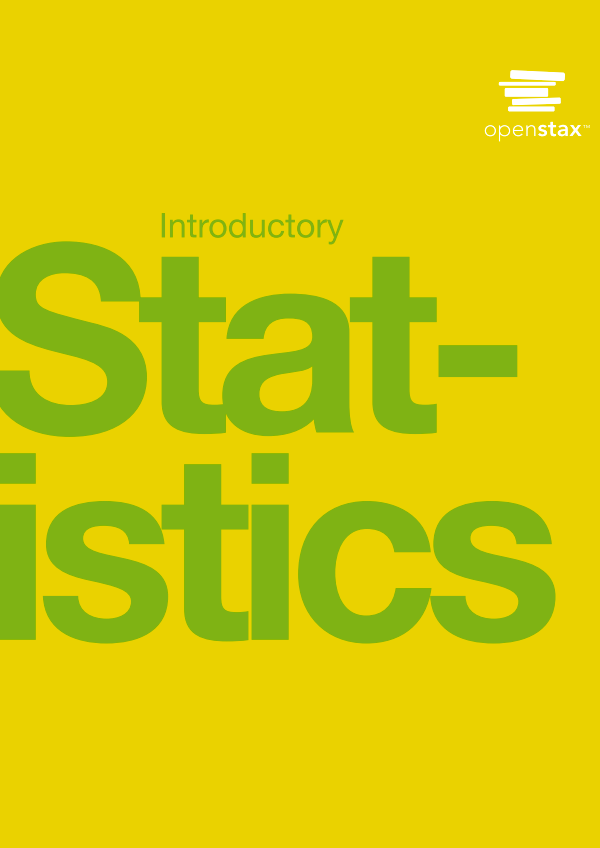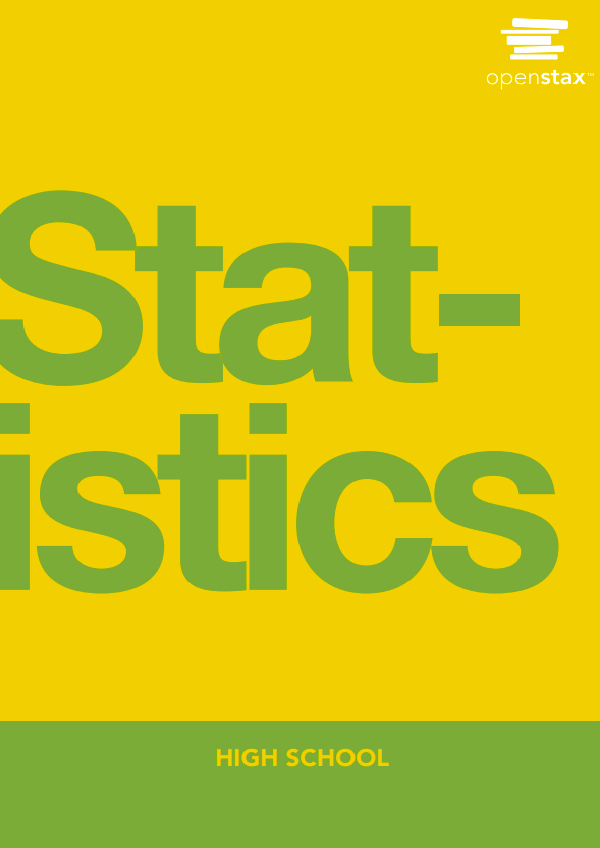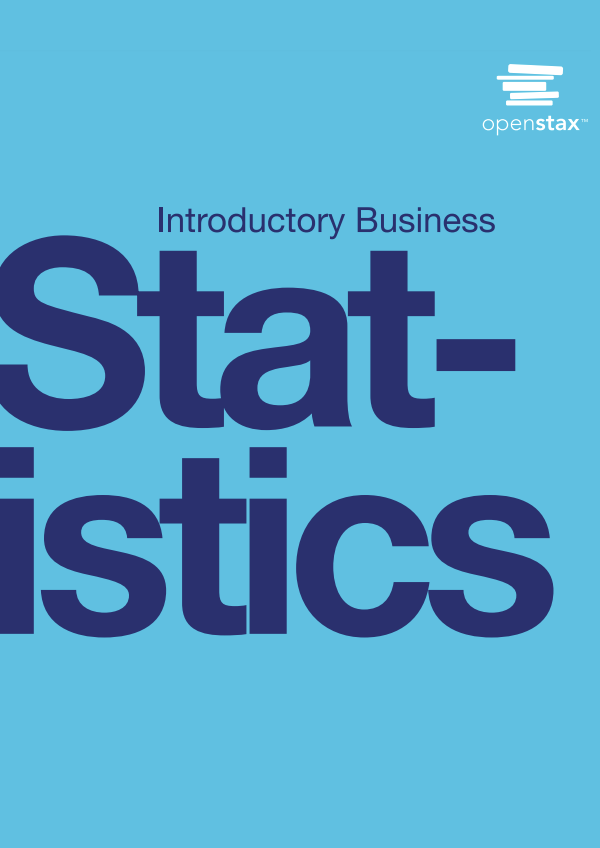Population Dynamics
Populations grow in size when the birth rate exceeds the death rate. Thomas Malthus, in An Essay on the Principle of Population (1798), used unchecked population growth to famously predict a global famine unless governments regulated family size-an idea later echoed by Mainland China’s one-child policy. The reading of Malthus is said by Charles Darwin in his autobiography to have inspired his discovery of what is now the cornerstone of modern biology: the principle of evolution by natural selection.
The Malthusian growth model is the granddaddy of all population models, and we begin this chapter with a simple derivation of the famous exponential growth law. Unchecked exponential growth obviously does not occur in nature, and population growth rates may be regulated by limited food or other environmental resources, and by competition among individuals within a species or across species. We will develop models for three types of regulation. The first model is the wellknown logistic equation, a model that will also make an appearance in subsequent chapters. The second model is an extension of the logistic model to species competition. And the third model is the famous Lotka-Volterra predator-prey equations. Because all these mathematical models are nonlinear differential equations, mathematical methods to analyze such equations will be developed.
The Logistic Equation
The Logistic equation The exponential growth law for population size is unrealistic over long times. Eventually, growth will be checked by the overconsumption of resources. We assume that the environment has an intrinsic carrying capacity , and populations larger than this size experience heightened death rates.
The Lotka-Volterra Predator-Prey Model
Pelt-trading records (Fig. 1.4) of the Hudson Bay company from over almost a century display a near-periodic oscillation in the number of trapped snowshoe hares and lynxes. With the reasonable assumption that the recorded number of trapped animals is proportional to the animal population, these records suggest that predator-prey populations-as typified by the hare and the lynx-can oscillate over time. Lotka and Volterra independently proposed in the 1920 s a mathematical model for the population dynamics of a predator and prey, and these Lotka-Volterra predator-prey equations have since become an iconic model of mathematical biology.
To develop these equations, suppose that a predator population feeds on a prey population. We assume that the number of prey grow exponentially in the absence of predators (there is unlimited food available to the prey), and that the number of predators decay exponentially in the absence of prey (predators must eat prey or starve). Contact between predators and prey increases the number of predators and decreases the number of prey.











